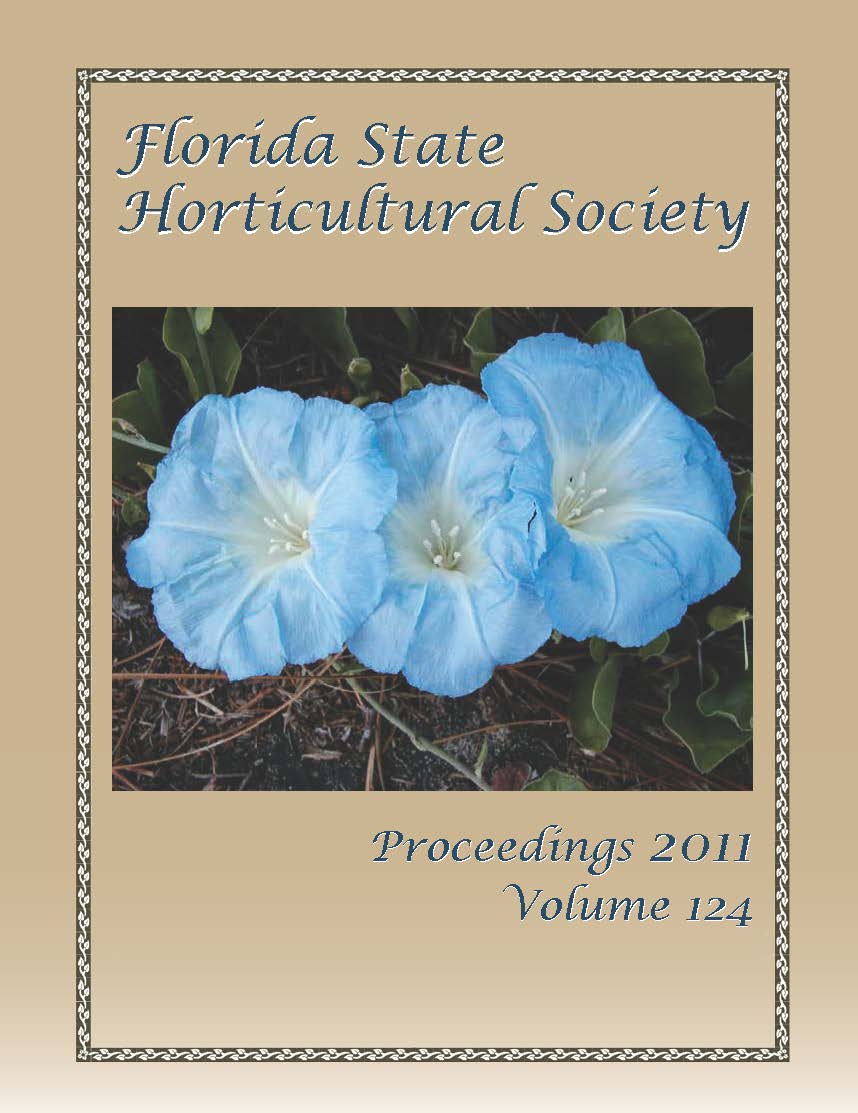Abstract
Water treatment technologies are used in irrigation systems to control biological problems including algae, biofilm clogging of irrigation lines and pathogens. Chlorination is an important treatment option with low installation and operating costs. However, growers face the challenge of identifying the proper chlorine dose for the control of their specific target problem without resulting in phytotoxicity of crop plants. The objective of this project was to summarize literature on chlorine efficacy to control plant pathogens. The compilation of data included mortality efficacy data of 11 genera of plant pathogens (22 species). The efficacy of chlorine varied with pathogen species and life stage. The dose required to achieve 90% mortality ranged from 0.1 (Erwinia carotovora) to 50,000 mg·L–1 (Melodoigyne javanica) with a range in contact times from 0.25 min to 24 h. Given the high dose required to control certain pathogens, chlorination should be viewed as only one component of an overall sanitation and integrated pest management approach. This database can be used by growers as a reference guide for whether chlorine is likely to be an effective control for the target pathogen of interest.

